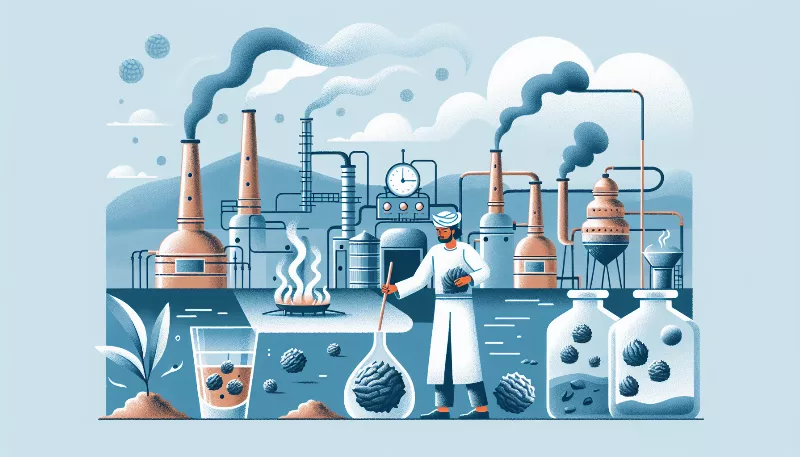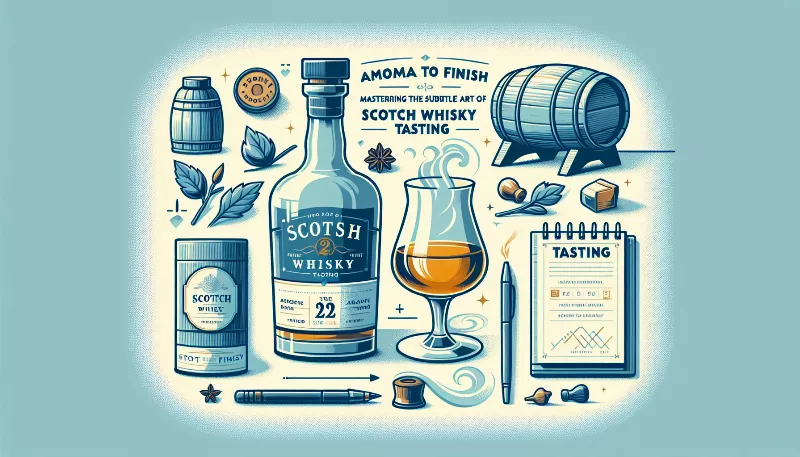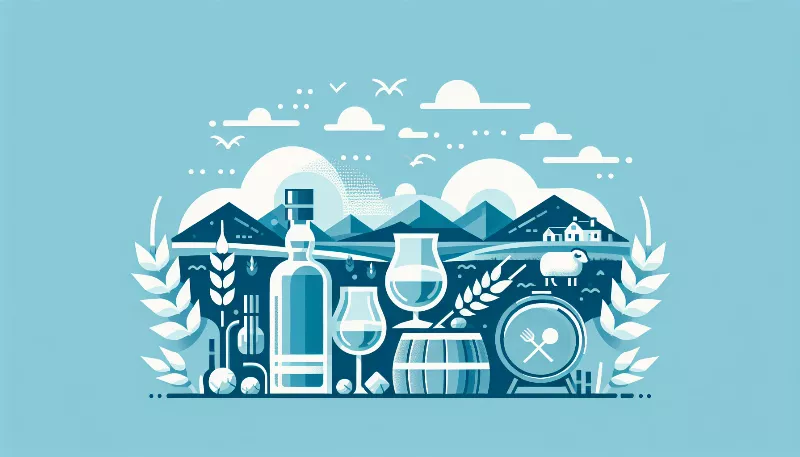Why is peat used in the production of some Scotch whiskies, and how does it influence the taste?
Discover the role of peat in Scotch whisky production and its impact on flavor. Learn why this ancient tradition continues to charm connoisseurs.

The Mystical Role of Peat in Scotch Whisky Production
Imagine yourself in the rugged landscapes of Scotland, where the air is filled with the earthy aroma of peat. This very peat plays a pivotal role in the production of some of the most revered Scotch whiskies. But why is peat so integral to the process, you ask? Well, it's all about tradition, flavor, and the unique character it imparts to the whisky.
Peat: The Heart of Scotch Whisky's Smoky Soul
Peat has been used in Scotch whisky production for centuries. It is an accumulation of partially decayed vegetation or organic matter that is unique to natural areas called peatlands or bogs. In the days of yore, when coal was not readily available or was too expensive, peat was the go-to fuel for drying malted barley—the key ingredient in whisky production. Even today, many distilleries proudly maintain this age-old practice to create whiskies with a distinctive peaty profile.
From Bog to Barrel: The Peat Influence on Taste
When it comes to flavor, peat is a game-changer. The process begins with the drying of malted barley over a peat-fueled fire. This crucial step is where the magic happens. The smoke from the burning peat infuses the barley with phenolic compounds, which are responsible for adding that characteristic smoky flavor to the whisky. The intensity of the smokiness can be controlled by the amount of time the barley is exposed to the peat smoke.
But it's not just about smoke! Peat also brings a spectrum of flavors ranging from earthy, medicinal, and tar-like notes to hints of seaweed, vanilla, and even iodine. These complex flavors are what make peat-lovers swoon over their dram of Scotch whisky. The type of peat, which varies depending on the region it's harvested from, also influences the final taste profile. Islay peat, for instance, is renowned for its robust maritime qualities, while peat from the Highlands imparts a heathery sweetness to the whisky.
Peat Level: The Measure of Smokiness
The peatiness of a whisky is often measured in phenol parts per million (ppm). This measurement indicates the level of phenolic compounds present in the whisky, which correlates to how smoky it will taste. Some distilleries boast incredibly high ppm levels, resulting in intensely smoky whiskies, while others prefer a subtler touch of peat for just a whisper of smoke.
Embracing the Peat: A Love Affair for the Palate
For many whisky enthusiasts, the presence of peat is a love affair for the palate. It's an acquired taste that becomes a passion for those who relish the complexity and depth it adds to their favorite spirit. Whether enjoyed neat, with a drop of water, or as part of a sophisticated cocktail, a peaty Scotch whisky is a sensory journey through the history and terroir of Scotland—a journey that's smoky, rich, and utterly unforgettable.
Conclusion: The Peaty Legacy Continues
In conclusion, peat is not just an element used in the production of Scotch whisky; it's a cultural heritage, a nod to the past, and a flavor enhancer that sets peated Scotch apart from all other spirits. As long as there are distilleries that cherish traditional methods and connoisseurs that crave that distinctive peaty punch, the legacy of peat in Scotch whisky will continue to burn bright, warming the hearts and glasses of those who appreciate its profound influence on taste.










